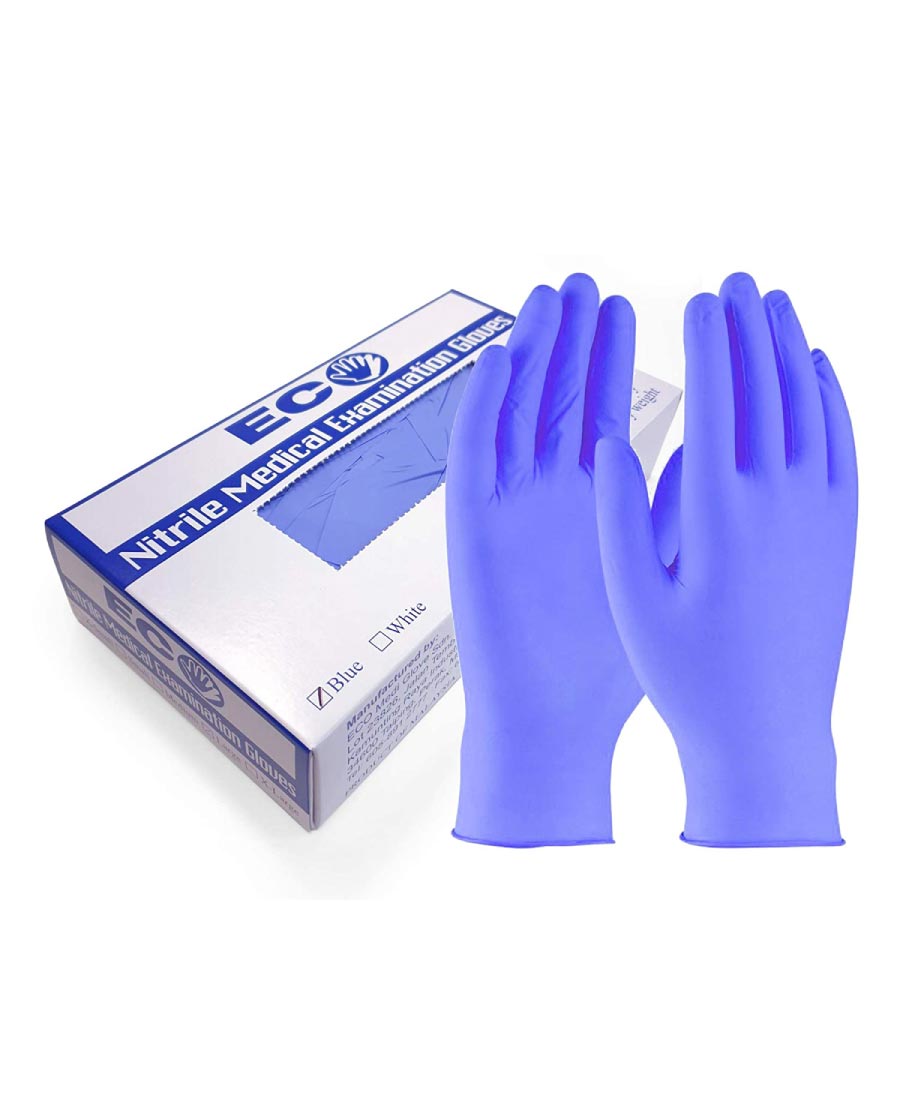Bronchoscopy is usually performed under local anesthesia, and in some cases, sedation or general anesthesia may be administered to the patient. The doctor will insert the bronchoscope through the nose or mouth of the patient and navigate it through the throat and larynx to reach the bronchial tubes. The bronchoscope uses a small camera to provide the doctor with a clear view of the bronchial tissues and detect any abnormalities or obstructions.

Although bronchoscopy is generally considered a safe procedure, there are some side effects and risks that patients should be aware of. Some of the possible complications associated with bronchoscopy include bleeding, infection, and lung collapse. In rare cases, patients may develop damage to the vocal cords or the trachea, which can cause difficulty breathing or swallowing. As a patient, you must be informed of these risks before undergoing bronchoscopy.
Bleeding is one of the most common complications of bronchoscopy, and it usually occurs due to the biopsy of abnormal tissues. However, in most cases, the amount of bleeding is minimal and stops on its own. If the bleeding is excessive or persistent, the doctor may need to perform another procedure to control it.
Infection is another risk associated with bronchoscopy, and it can occur if the bronchoscope is not properly sterilized. Patients with weakened immune systems may be at a higher risk of developing infections, and it is essential to take antibiotics before and after the procedure to prevent infections.
Blockage of the airways is another potential risk associated with bronchoscopy, and it may result in lung collapse. The risk of this occurring is higher in patients with pre-existing lung diseases such as COPD or lung cancer.
In conclusion, bronchoscopy is a vital procedure in diagnosing respiratory diseases and monitoring their treatments. However, as with any medical procedure, it is essential to understand the risks and possible side effects associated with the procedure. Patients must discuss their medical history and any medications or allergies with their doctor and follow their post-procedure instructions carefully to minimize the risk of complications. If you experience any unusual symptoms or side effects after a bronchoscopy, always consult your doctor immediately.